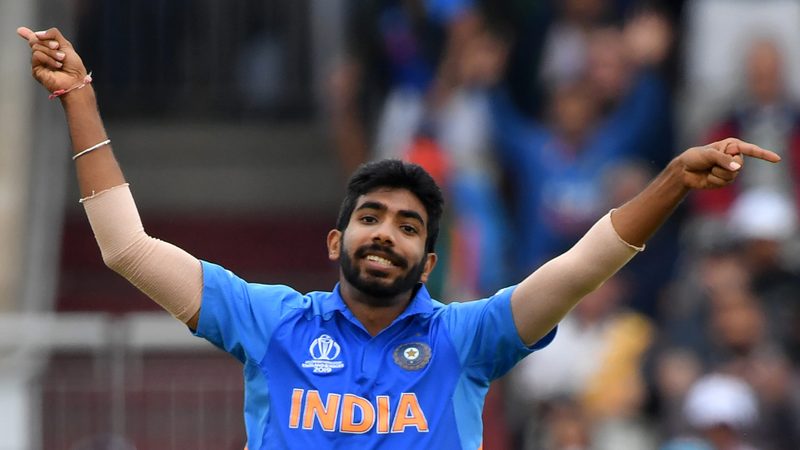
When India's captain Virat Kohli called Jasprit Bumrah, 'the most complete fast bowler in the world', there was not one soul who disagreed with him. The 25-year-old has 216 wickets since his debut and averages 19.24 in Test cricket.
Freakish is his action, Burmah has a short run-up, almost as short as Wasim Akram. Half-way through the action, when he jumps, he looks like a historical artefact. His right-arm hyperextends into the stratosphere with his left-arm pointing straight at the batsman. In the game of Poker, if you have one straight hand, you are winning. Bumrah has both his hands straight.
He generates a peculiar half-sling before he releases the ball, which is very similar to former Kiwi speedster, Shane Bond. And unfortunately, Bond's career was cut short because of a back injury. When a bowler produces this half-sling the lower back muscles are pushed outwards. This changes the structure of the bones resulting in a stress fracture.
A minor stress fracture in his lower back has ruled him out of the three Test matches against South Africa and possibly the two Tests against Bangladesh. Fast bowlers and back injuries are a match made on the field and yet this early assessment could be the best thing in this situation.
Read: India's Bumrah out of South Africa Tests with back injury
There are three main categories of bowling actions in cricket. Dennis Lillee is the flag bearer of 'Side-on' actions. Brett Lee and Dale Steyn are prime examples of 'Front-on' actions. Bumrah bowls with a 'Mixed action' which is a combination of the first two actions.
Recovery and rehabilitation are quite normal in side-on and front-on actions. The great Waqar Younis when facing a similar stress fracture resorted to hill climbing to strengthen his back and returned to international cricket with great success. But because of Bumrah's unconventional action, the chances of a full recovery are difficult and when he returns the possibilities of the same injury happening again cannot be completely ruled out. Unless he remodels his action, which is a bigger concern.
Bumrah has featured in 91 of the 144 days of international cricket that India have played since the start of 2018. He is the soul of India's fast bowling renaissance. Irrespective for the format and conditions, whenever Kohli needs a wicket he turns to Bumrah.
The Indian team management must look at Australia and how they have built a battery of fast bowlers. Their widely unpopular rotation policy was extremely successful as they retained the Ashes with an army of fast bowlers. With the likes of Ishant Sharma, Mohammed Shami and Umesh Yadav in the squad, India should be able to rotate Bumrah wisely.
This 'minor' fracture is also a lesson for all the budding fast bowlers with unconventional actions. Coaches and mentors around the world shouldn't be waiting for such a fracture to show up in routine check-up and then act on it.
With everything that is going against him, things that work in Burmrah's favour are enough for him to make a comeback. He is only 25 and is yet to reach his bowling prime. Thus, he has enough time to recover and return. Also, Bumrah is supremely fit and more rehab will only strengthen his bones.
India are in the golden age of fast bowling and they need their blue-eyed boy to come back stronger.
Read: The rise and rise of Jasprit Bumrah in Tests
Feature image courtesy: AFP / Paul Ellis



























